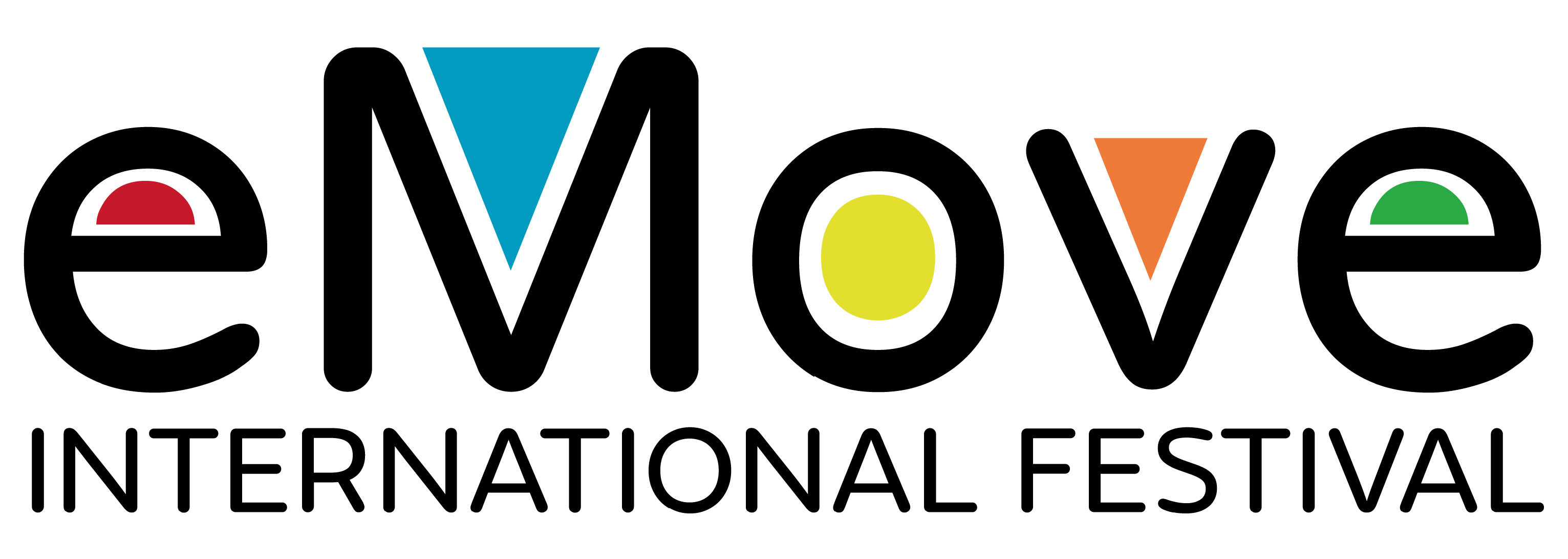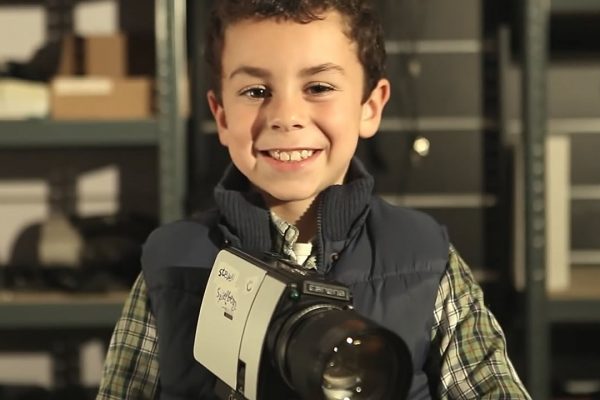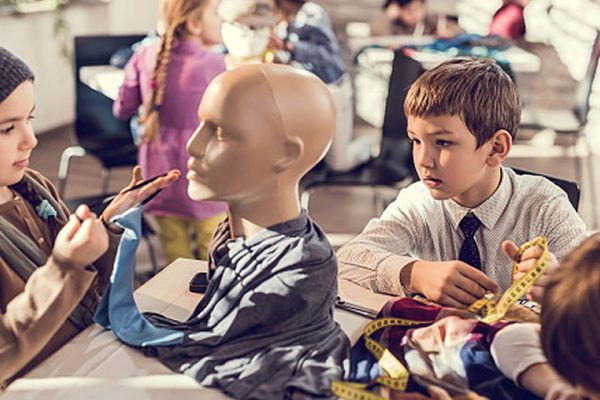RULES AND REGULATIONS
ARTICLE 1
The School and University Festival of Audiovisual Arts, in its 11th edition, has a duration of one school year.
ARTICLE 2
Productions can be submitted from the start of the call, September 30, 2025, until its closure on June 30, 2026. Nominees will be chosen by the Festival Selection Committee, and the jury will decide the winners.
ARTICLE 3
Productions can compete in different sections:
SECTIONS:
International (educational centers outside Spanish territory)
Musical Interpretation and Composition
Video Dance
Fiction Short Film
Animated Short Film
Music Video
Video Game
Reportage
Documentary
Spot
Videodance
Photography
Neurodiversity
AI Fiction Short Film
AI Animation Short Film
CATEGORIES:
Special Education
Infant Education
1st Primary Cycle ———– (6-8 years)
2nd Primary Cycle ———– (8-10 years)
3rd Primary Cycle ———– (10-12 years)
1st ESO Cycle —————– (12-14 years)
2nd ESO Cycle —————– (14-16 years)
High School and Vocational Training Cycles (16-18 years)
University Students
ARTICLE 4
Once registered and the production is sent through the festival’s website. A single center can participate with multiple productions in the same section and category.
ARTICLE 5
The 10 most voted productions per section will be finalists. From the finalists, 4 will be nominated for each section by the festival’s selection committee, and the jury will determine the winners during the festival week.
ARTICLE 6
Duration of the productions: short films cannot exceed 15 minutes; reports and documentaries will have a maximum of 10 minutes, and spots 1 minute. The comic, its length cannot exceed 5 sheets on one side at double spacing. The poster is A2 in size, and the photograph is 13 x 18. Video games, educational theme, and any medium for which it is produced: console, mobile phone, tablet, computer.
AI
A section dedicated to short films in fiction and animation that utilize artificial intelligence (AI) models in their creative processes. The submitted short films must be generated using AI-based models. Models that rely on content understanding and content generation are accepted, such as text-to-video, video-to-video, text-to-audio, etc. The event encourages discovery, experimentation, and detailed reflection on the most relevant aspects of authorial creation enabled by this transformative technology.
Video Dance
Productions must tell a story through video dance with a maximum duration of 3 minutes, using the available audiovisual means.
The best dancers, selected by the jury, will have the opportunity to audition for Stage Entertainment, a production company for musicals such as THE LION KING, TINA, ANASTASIA, etc.
Guidelines for Creation on the Topic of Neurodiversity
Guidelines designed to guide students, regardless of their cognitive condition, in the joint creation of a short film that celebrates neurodiversity. This project promotes inclusion, creativity, and teamwork, highlighting the unique strengths and perspectives of all participants.
INTRODUCTION
Neurodiversity refers to the natural variability in how the human brain functions. It embraces and values cognitive differences as part of human diversity.
Neurodiversity is a way of understanding that all minds work differently, and these differences are natural and valuable. Within this concept, we can talk about two major groups:
1. Neurotypical: People whose minds work in ways considered “usual” or majority within society.
2. Neurodivergent: People whose minds work differently from the norm, such as those with ADHD, autism, dyslexia, or any other neurological condition.
Easy example:
Think of computer operating systems. Some work like Windows (neurotypical) and others like Mac or Linux (neurodivergent). They all do amazing things but work in different ways.
1. Objective
- Create an inclusive short film that shows neurodiversity as a valuable form of human diversity, emphasizing the positive impact of different cognitive styles and abilities.
- Encourage collaboration among students with different cognitive conditions.
- Promote diversity and inclusion, breaking down barriers and social labels toward neurodivergent people.
- Create a space where everyone feels safe, respected, and understood, avoiding bullying in schools and universities.
- Create a short film that represents neurodiversity positively and educationally.
- The final product should reflect the theme “Celebrating differences, strengthening connections.”
2. Team Composition
- Organize students into diverse teams, ensuring each group has different abilities.
- Each team should consist of 3 to 10 students. At least 1/3 of the members must be neurodivergent. Confidentiality is important. Data subject to privacy will be handled with the utmost discretion. It is not necessary to reveal or disclose participants’ cognitive conditions; it will suffice to sign an attached document (in good faith) certifying compliance with the neuroinclusive team participation requirement, as recommended in this section.
- Assign roles based on each member’s strengths: scriptwriter, director, actor, editor, etc. Teams should include a diverse mix of talents and cognitive conditions. Roles can overlap, and everyone should have the opportunity to contribute according to their strengths and interests.
3. Theme and Narrative Guidelines
- The short film should explore aspects of neurodiversity, such as:
- Unique perspectives for solving problems.
- Challenges and achievements of living with ADHD, autism, dyslexia, etc.
- Celebrating empathy, creativity, and innovation in neurodivergent people.
- Personal stories, myths about neurodiversity, or everyday experiences.
- Classroom coexistence
- Fictional narrative
- The stories must promote respect, inclusion, and positive representation.
- The script should reflect the diversity of experiences and perspectives.
- All genres are accepted: comedy, drama, documentary, animation, etc.
4. Tips for Inclusive Teamwork
- Leverage strengths: Let each student choose tasks based on their talents (e.g., writing for the creatives, technical aspects for those with attention to detail).
- Use visual aids: Storyboards, task lists, and outlines can help organize ideas.
- Utilize different filming techniques, such as outdoor shots, interviews, and dramatizations.
- Active participation of all team members during filming.
- Plan breaks: Allow sensory breaks and flexible working conditions.
- Foster collaboration: Create an environment where all ideas are valued.
- Support communication: Use clear and simple language; offer alternative communication methods if needed.
ARTICLE 7
Persons or institutions with interests in the productions submitted for competition cannot be part of the Jury.
Jury deliberations will be confidential, and decisions will be made by simple majority. The Festival Director attends the Jury’s deliberations but does not participate in the voting.
Jury members commit not to publicly express their opinions on the productions under consideration before the official proclamation of the awards.
ARTICLE 8
The Jury will have a Special Award at its disposal for free allocation to the production that, due to its characteristics, it considers worthy of receiving it, mentioning the motivation that makes it deserving of it.
ARTICLE 9
Training centers that have received an award undertake to mention it in all advertising and press material if they want to advertise it, respecting the exact wording of the Jury’s decision and using the Festival’s logo. This logo will be available at the Festival’s offices in various languages.
ARTICLE 10
Intellectual and Industrial Property:
Intellectual and Industrial Property: By accepting, the participant in the festival (or their legal guardian in the case of minors) authorizes eMove Festival to use their image, with the sole exception and limitation of uses or applications that could harm the right to honor as provided in Organic Law 1/85, of May 5, on Civil Protection of the Right to Honor, Personal and Family Privacy, and Own Image.
Authorization is considered granted for a period of 10 years. These images may be used to promote eMove Festival on the website and social networks. As well as for the company’s documentation on this event (internal documentation).
Participants in the festival will not obtain new rights other than participation in the festival by assigning their image rights, agreeing to comply with the aforementioned agreement.
Likewise, participants authorize their names and surnames to be published on eMove Festival’s social networks during the festival’s validity date, as well as for the following ten years.
The Festival will keep a copy of the nominated and award-winning productions for its archive and exhibition.
ARTICLE 11
Potential buyers and sellers of the productions will be attended to by a professional team that will provide all the means and contacts to facilitate their work, including a projection room where they can view, with the prior written authorization of the producers, any productions they send to the Festival.
ARTICLE 12
Participation in the Festival implies acceptance of these regulations. In case of conflict, the Festival Management retains its sovereignty, adhering to the FIAPF regulations regarding international film events.
ARTICLE 13
Jury members, once they have seen each of the nominated productions, cast their votes and send them to the festival’s management, including a range of assessments. The result is announced through social networks and media, as well as to all participants, within the last week of June or the first week of July.
ARTICLE 14
wards: The training center, the teacher-tutor of the group that has participated in the productions, and the students will be awarded.
Prizes: Diploma for the university, institute, and school; diploma and trophy for the teacher-tutor, diploma for the students.
The festival organization reserves the right to expand the prizes.





